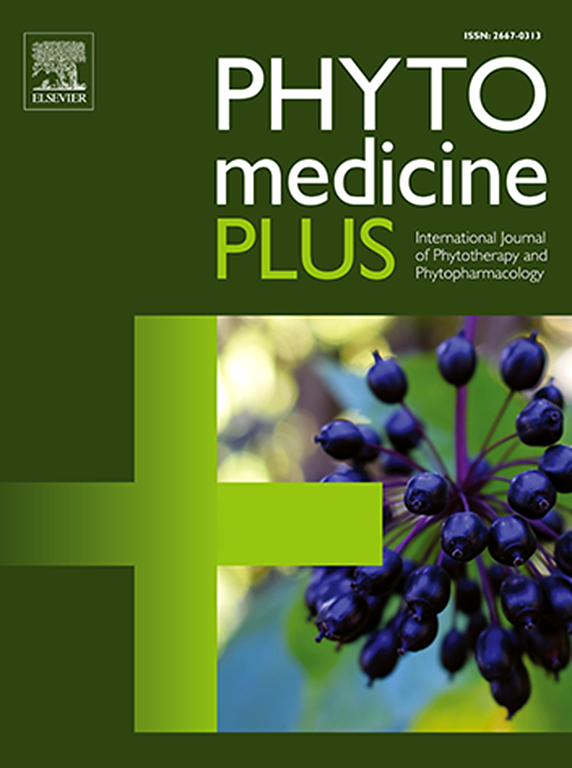Linear furanocoumarins: Bridging natural wisdom and synthetic ingenuity in drug discovery
Q3 Pharmacology, Toxicology and Pharmaceutics
引用次数: 0
Abstract
Coumarins, renowned for their adaptability and therapeutic potential, have emerged as a cornerstone in modern drug development. Nature contains these products, and scientists synthesize them in the lab, in addition to having a simple structure that can be modified in a lot of ways, which makes them excellent at therapy with few side effects. Adding other heterocycles, like furan rings, to a coumarin framework has been documented in many studies to make new annulates that are better at treating illnesses. This review looks at how to make linearly annulated coumarin-furan systems, where they come from natural and synthetic origins, and what they can do as therapeutic alternatives. Because they can improve bioavailability and pharmacological activity, linear furanocoumarins have a lot of potential as antioxidants, pain relievers, blood thinners, and even cancer fighters. Rich sources such as the Apiaceae and Rutaceae plant families continue to provide a diverse array of these annulated compounds with applications ranging from diabetes management to cardiovascular and neuroprotective treatments. Drawing from a comprehensive review of over 227 studies, this work sheds light on the structure-activity relationships that drive these compounds' efficacy. Finally, this review can help medicinal chemists and researchers come up with new medicines that use the unique benefits of linear furanocoumarin frameworks. Exploring these versatile molecules can lead to innovative treatments that have the potential to transform the future of medicine.

线性呋喃香豆素:在药物发现中架起天然智慧和合成创造力的桥梁
香豆素以其适应性和治疗潜力而闻名,已成为现代药物开发的基石。自然界中含有这些产品,科学家们在实验室中合成它们,此外它们具有简单的结构,可以通过多种方式进行修改,这使得它们在治疗方面非常出色,而且副作用很少。在香豆素框架中添加其他杂环,如呋喃环,已经在许多研究中被证明可以制造出更好地治疗疾病的新环。这篇综述着眼于如何制造线性环香豆素-呋喃系统,它们的天然来源和合成来源,以及它们作为治疗替代品的作用。因为它们可以提高生物利用度和药理活性,线性呋喃香豆素在抗氧化剂、止痛药、血液稀释剂甚至抗癌药物方面具有很大的潜力。丰富的来源,如蜂科和芸香科植物家族继续提供各种各样的这些环状化合物,其应用范围从糖尿病管理到心血管和神经保护治疗。通过对超过227项研究的全面回顾,这项工作揭示了驱动这些化合物功效的结构-活性关系。最后,这篇综述可以帮助药物化学家和研究人员提出新的药物,利用线性呋喃香豆素框架的独特优势。探索这些多功能分子可以带来创新的治疗方法,有可能改变医学的未来。
本文章由计算机程序翻译,如有差异,请以英文原文为准。
求助全文
约1分钟内获得全文
求助全文
来源期刊

Phytomedicine Plus
Medicine-Complementary and Alternative Medicine
CiteScore
3.70
自引率
0.00%
发文量
178
审稿时长
81 days
期刊介绍:
 求助内容:
求助内容: 应助结果提醒方式:
应助结果提醒方式:


